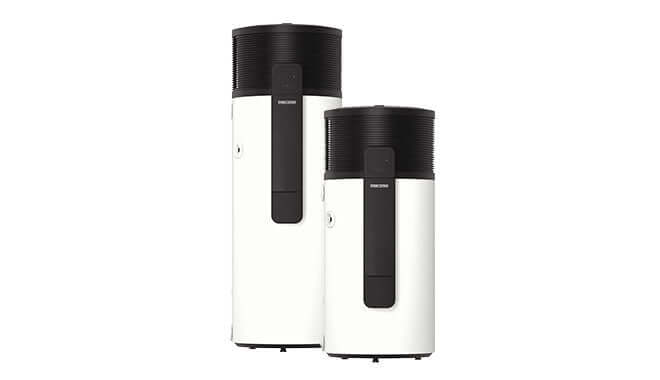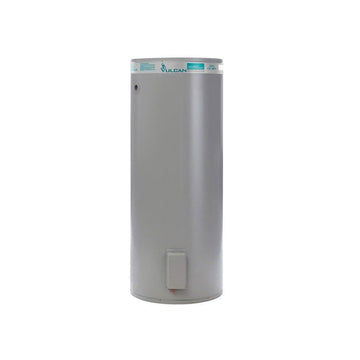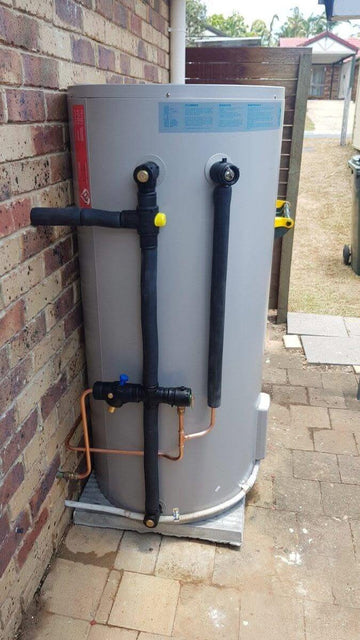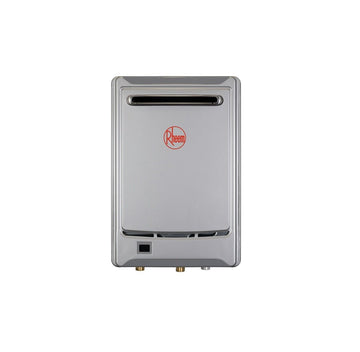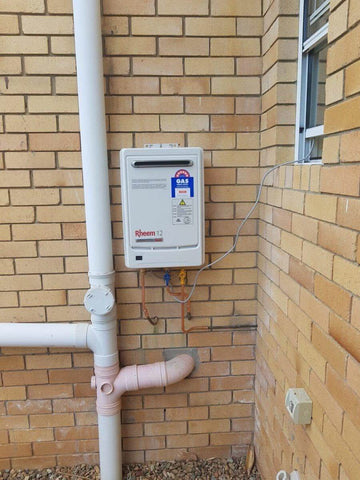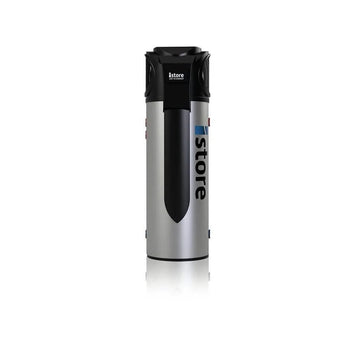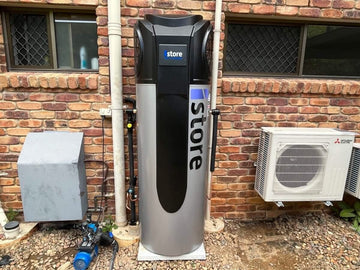How to Fix a Running Toilet: DIY Repair Guide for Brisbane Homes
A running toilet isn’t just annoying—it can waste hundreds of litres of water daily and drive up your utility bill. Whether it’s a steady trickle or an intermittent flush, most running toilet issues can be fixed with a simple DIY approach. This guide walks you through how to diagnose, repair, and maintain your toilet like a pro.
💡 Key Takeaways
-
Most running toilets are caused by faulty flappers, fill valves, or overflow tubes
-
Easy fixes include replacing parts and adjusting water levels
-
Persistent leaks may require professional attention
-
Preventative care extends your toilet’s lifespan and reduces water bills
🚽 Identifying the Cause of a Running Toilet
The most common culprits include:
🔧 Flapper Issues
A cracked or misaligned flapper lets water constantly flow into the bowl.
Test: Press the flapper down. If the water stops, it's likely the problem.
💧 Faulty Fill Valve
If your tank keeps filling or water flows into the overflow, your fill valve may need adjusting or replacing.
📏 Overflow Tube Problems
Water should sit at least 1 inch below the top of the overflow tube. If it's too high, water will keep draining into the bowl.
🛠️ Step-by-Step: How to Fix a Running Toilet
Step 1: Shut Off the Water
Turn the shutoff valve behind your toilet clockwise.
Flush to drain the tank.
Step 2: Replace the Flapper
-
Disconnect the chain
-
Remove the flapper from the flush valve
-
Install a matching flapper
-
Reattach the chain with a small amount of slack
Step 3: Adjust or Replace the Fill Valve
-
Adjust the float level to stop water before it hits the overflow tube
-
If adjustment doesn’t work, replace the valve using a universal fill valve kit
Step 4: Inspect the Overflow Tube
-
Ensure the refill tube is clipped 1 inch above the overflow tube
-
Replace the overflow assembly if it's damaged or too short
Step 5: Turn Water Back On
Slowly reopen the valve and allow the tank to fill.
Check for leaks and confirm the water stops when the tank is full.
🧼 Preventative Maintenance Tips
-
Check inside the cistern monthly for flapper wear or mineral buildup
-
Use mild cleaners like vinegar + baking soda (harsh chemicals can damage seals)
-
Fix small leaks quickly to avoid bigger issues
-
Don’t overtighten parts — plastic components crack easily
Want cleaner water running through your system? Consider Puretec filters or explore our full water filtration range.
🧠 When to Call a Professional
Still hearing water run after replacing the flapper or adjusting the fill valve? It might be time to call the experts.
Call JR Gas & Water if:
-
The shutoff valve won’t turn
-
There are signs of hidden leaks
-
You suspect issues beyond the cistern
-
You want a full bathroom plumbing inspection
We offer fast service across Brisbane and Gold Coast, with transparent pricing and 5-star support.
💰 Saving Water & Money
A leaking toilet can waste up to 250 gallons per day—that’s thousands of litres and $$$ over a year.
Fixing it can save you serious money and contribute to sustainable water use.
Already replacing outdated fixtures? Explore our range of hot water systems and energy-efficient upgrades for more long-term savings.
✅ Summary
Fixing a running toilet is easier than you think. By identifying the issue and using simple tools, you can stop the leak, lower your water bill, and extend the life of your toilet.
Routine Tips:
-
Inspect parts monthly
-
Flush sediment with vinegar every few months
-
Get help when basic fixes don’t work
With regular care and early intervention, you’ll keep your bathroom quiet, efficient, and cost-effective.
FAQs
How do I stop my toilet from running?
Check the flapper, fill valve, and overflow tube. Adjust or replace any faulty parts.
Why is my toilet constantly filling with water?
It could be a worn-out flapper or an overfilled tank draining into the overflow tube.
How do I know if the flapper is faulty?
Press it down—if the water stops running, it’s not sealing and needs to be replaced.
Should I call a plumber if the toilet won’t stop running?
Yes, especially if replacing parts doesn’t solve the issue. It could be a deeper leak or inlet valve problem.
Is a running toilet really that wasteful?
Yes! Even a small leak can waste litres per hour, costing you hundreds over the year.
✨ Need help with more than a toilet? JR Gas & Water is Brisbane’s award-winning plumbing team—handling everything from blocked drains to hot water installation and water filter systems.


